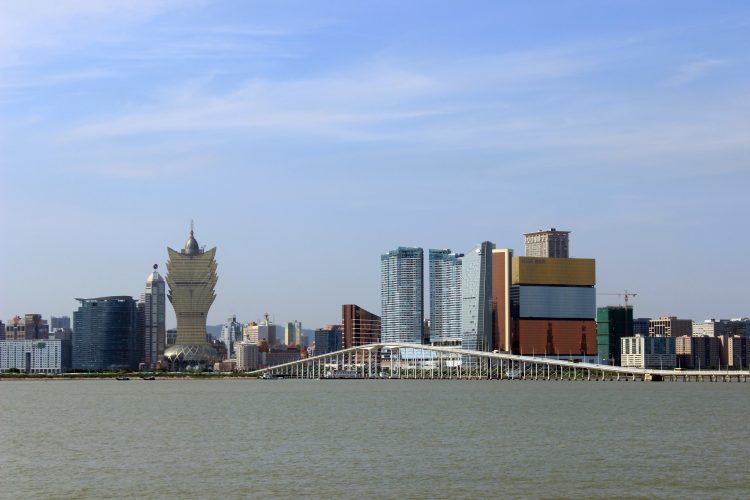Macau recorded its 13th consecutive month of growth in August with gross gaming revenue up 20.4% year-on-year to MOP$22.68 billion.
The result comes on the back of a tough finish to the month in the wake of Typhoon Hato – and to a lesser extent Typhoon Pakhar – which resulted in some Macau casinos being forced to temporarily cease operations and tour groups from mainland China being cancelled.
However, despite falling short of original growth expectations somewhere in the range of +30%, the final figure exceeded most revised figures which tipped growth of around +18% in the wake of the storms.
“While 30% wasn’t meant to be, we remain encouraged by how quickly trends have rebounded in Macau with operations effectively normal within a few days of the first devastating storm,” said Union Gaming’s Macau-based analyst Grant Govertsen.
“Obviously Typhoon Hato that struck Macau, along with a second typhoon, Pakhar … took a large bite out of what would have been a spectacular GGR growth rate for the month of August. On the heels of July’s +29%, it had appeared that August could have approached or even eclipsed this rate.”
According to Sanford C Bernstein’s Vitaly Umansky and Zhen Gong, Macau’s average daily revenue (ADR) for August was MOP$731 million – just 1% below July’s ADR of MOP$741 million and 10% above June’s MOP$666 million. That’s despite ADR being heavily impacted by Typhoons Hato and Pakhar, with ADR of just MOP$662 million over the last 11 days of the month.
“There still appears to be no discernable GGR impact from the July implementation of KYC measures across all of Macau’s ATM machines and we do not expect this to change,” added Govertsen. “Further, and in the context of the devastation caused by Typhoon Hato, we would not be surprised if there were positive policy and/or regulatory events that occurred over the near and medium term to help drive mass market visitation to the market as a sign of support. This would have an outsized positive impact on Cotai operators.”
Union Gaming is tipping September GGR growth “to be in the high teens” while Bernstein foresees growth of between 8 and 11%.



































